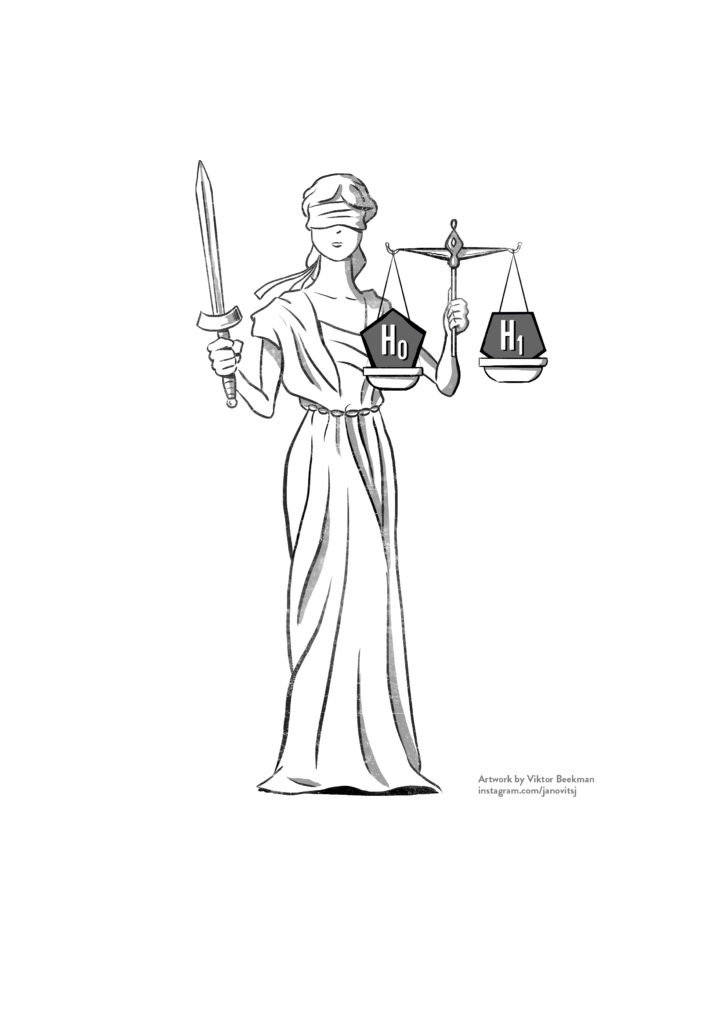A Cartoon to Explain How Blinding Works
A Cartoon to Explain How Blinding Works The cartoon presented below is available from the artwork library of BayesianSpectacles.org under a CC-BY license. The cartoon was conceptualized by Alexandra Sarafoglou and was drawn by Viktor Beekman. It is included as an appendix in Dutilh, G., Sarafoglou, A., & Wagenmakers, E.-J. (in press). Flexible yet fair: Blinding analyses in experimental psychology.…
read more


